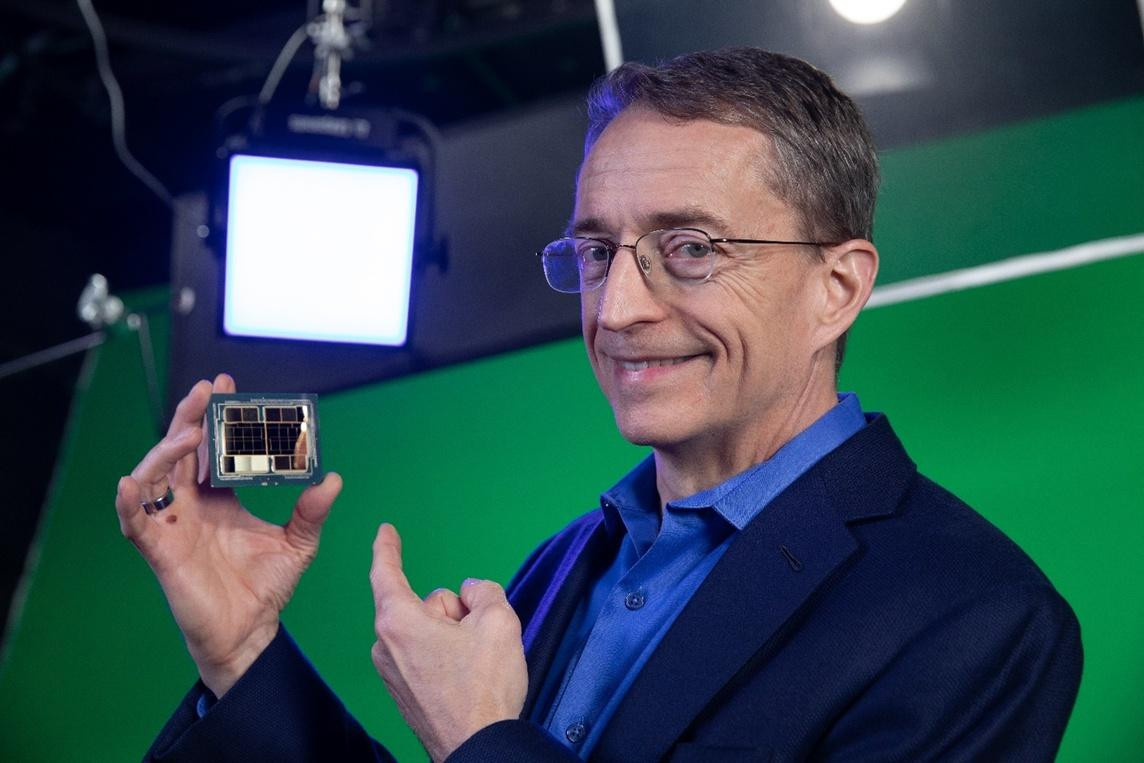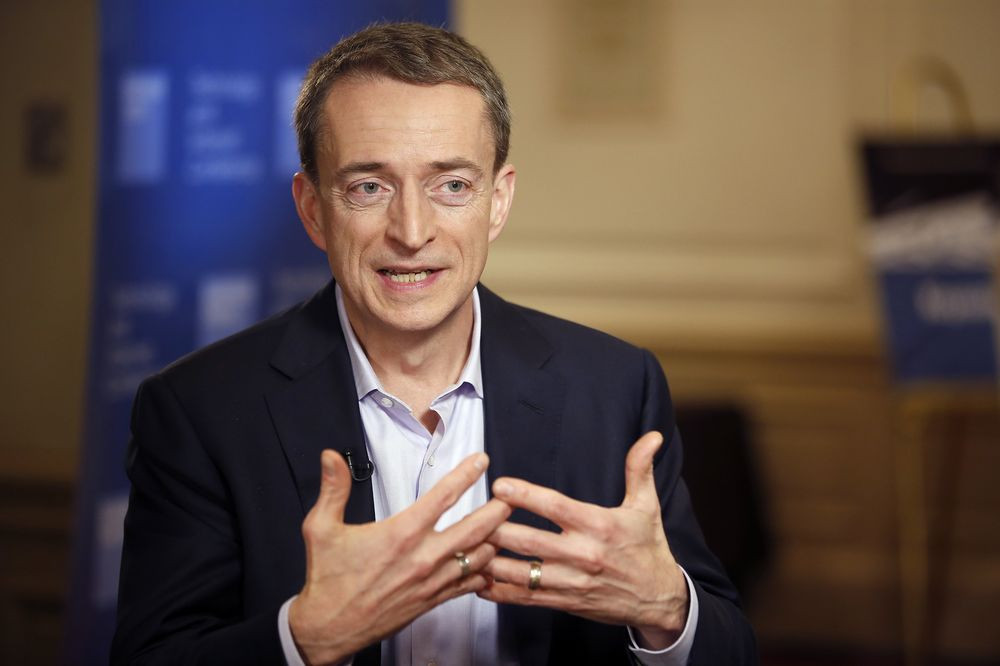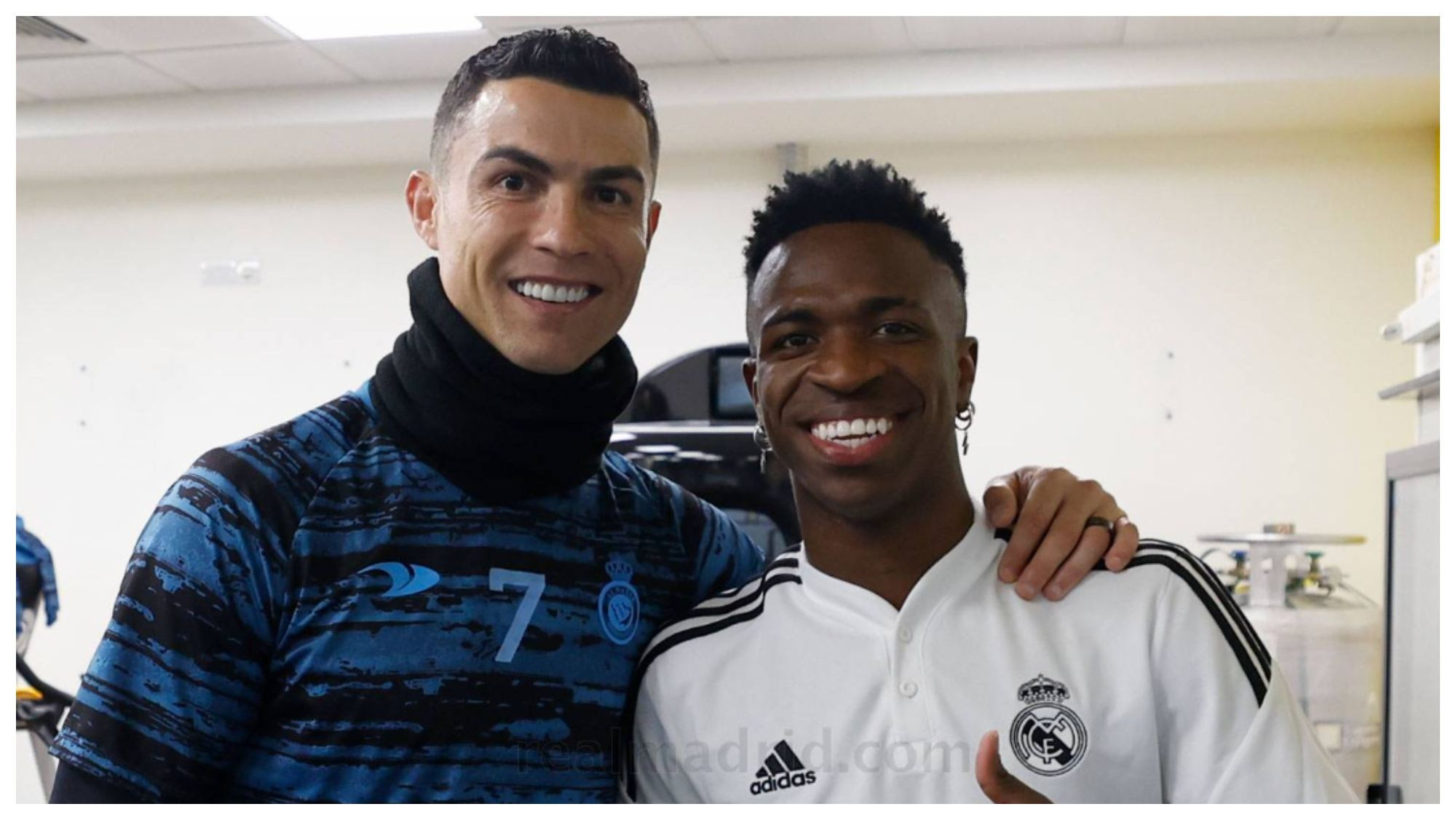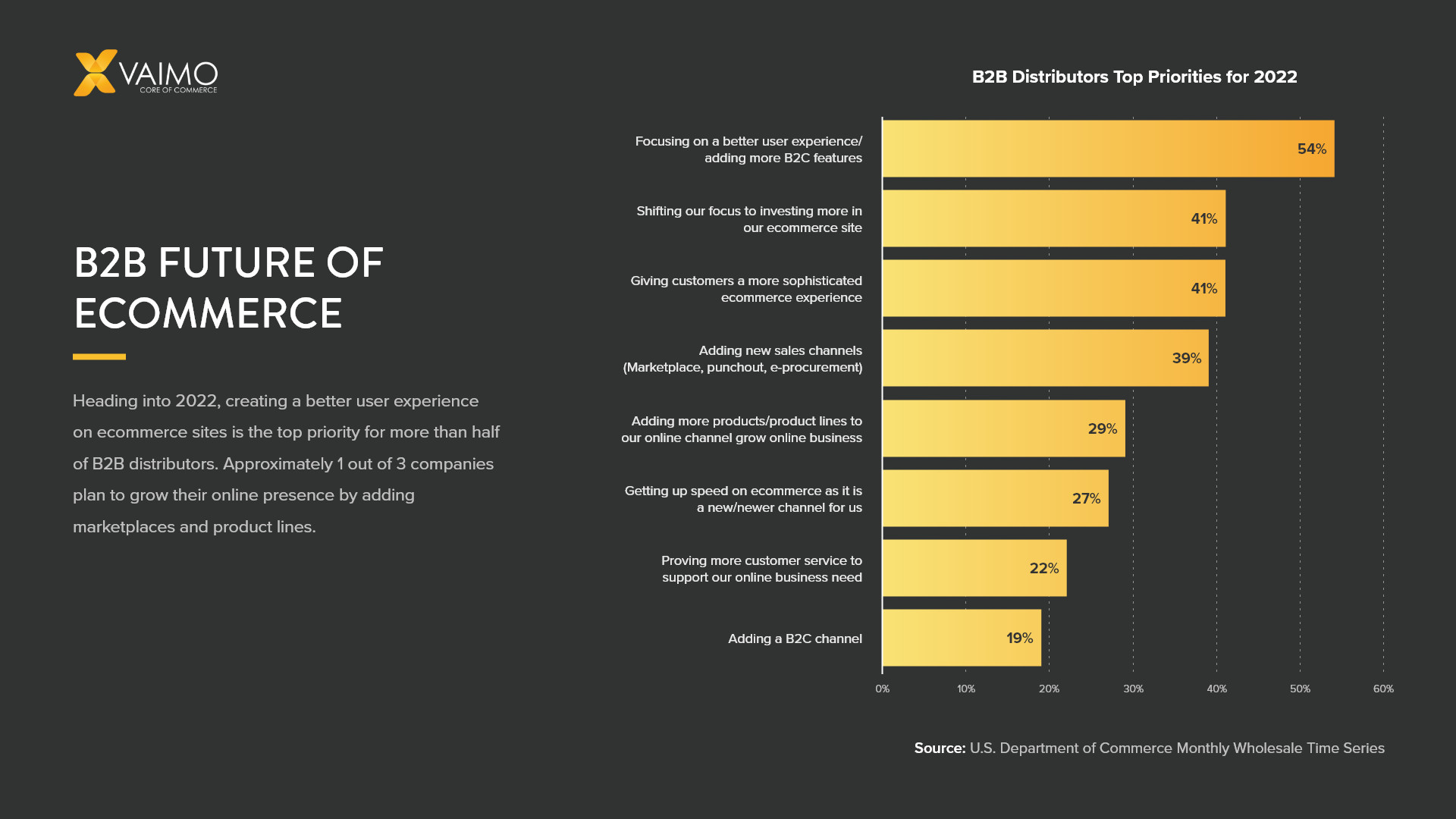Intel CEO Pat Gelsinger's unexpected resignation: A Shock to the Tech World
Intel Corporation, a name synonymous with innovation in the semiconductor industry, announced the unexpected retirement of its CEO, Pat Gelsinger, on December 1st, 2024. This news sent shockwaves through the tech world, leaving many wondering about the future of the once-dominant chipmaker.
Gelsinger's Tumultuous Tenure
Gelsinger's return to Intel in 2021 was hailed as a potential savior moment for the company. He had previously served as Intel's chief technology officer and later as CEO of VMware. His appointment brought a renewed sense of hope, particularly as Intel faced intensifying competition and struggled to adapt to the changing technological landscape. The company's stock plummeted 61% during his leadership. However, his ambitious turnaround plan failed to fully deliver the expected results.
Challenges and Setbacks
The rise of artificial intelligence and the corresponding demand for specialized chips caught Intel off guard. Competitors like Nvidia, once a smaller player, capitalized on this shift, achieving phenomenal success and dramatically overshadowing Intel's market position. This is evidenced by Nvidia's $3.4 trillion market valuation, a stark contrast to Intel's $104 billion valuation. Nvidia's stock surged nearly 720% over the past two years, highlighting the dramatic shift in the industry's dynamics. In an effort to reduce expenses and streamline its operations, Intel announced significant job cuts in August 2024, laying off 15% of its workforce. These layoffs reflected the difficult economic environment and pressure on the company to achieve financial stability. Gelsinger's tenure was also marked by production delays and challenges, hindering the progress of his ambitious goals. The $8.5 billion grant awarded by the Biden administration under the CHIPS Act was cut to $7.86 billion due to delays in Intel's investment timeline.
The Aftermath: New Leadership and Uncertain Future
Following Gelsinger's departure, Intel appointed interim co-CEOs: David Zinsner, the company's chief financial officer, and Michelle (MJ) Johnston Holthaus, general manager of Intel's client computing group. Holthaus has also assumed the newly created role of CEO of Intel Products, overseeing data center and AI product efforts. Frank Yeary, Intel's independent board chair, will serve as interim executive chair. The board has established a search committee and begun the process of identifying a permanent CEO. Gelsinger himself stated that leading Intel has been “the honor of my lifetime”. He continued, saying that “It has been a challenging year for all of us as we have made tough but necessary decisions to position Intel for the current market dynamics.”
Strategic Shifts and Market Speculation
The change in leadership opens the door for potential strategic adjustments. Intel's struggles have prompted discussions about potential acquisitions by rivals like Qualcomm, a possibility that might be more likely under the incoming Trump administration’s potentially less stringent antitrust policies. Intel's new leadership must address the pressing challenges of regaining market share, competing effectively in the AI sector, and fostering investor confidence. The focus will be on simplifying the product portfolio, strengthening manufacturing capabilities, optimizing operating expenses, and building a leaner and more agile company. This will involve a risky and expensive bid to manufacture processors for competitors which is in line with the Biden administration’s push to revitalize chip manufacturing on American soil.
Navigating the Future: Challenges and Opportunities
Intel faces a critical juncture. The company’s future success hinges on its ability to navigate the complexities of the semiconductor industry, innovate effectively, and restore investor confidence. This requires not only technological prowess but also decisive strategic decision-making. The departure of Gelsinger marks a turning point; the new leadership must chart a course that positions Intel for future growth and success. The actions taken will greatly impact the company's trajectory in the coming years. The company’s efforts to transition its business model and manufacture processors for competitors, such as Apple, puts it in direct competition with giants like TSMC, and will require efficient management of resources and expenses. The company's commitment to restoring investor confidence and strengthening its product portfolio is crucial to achieving this goal. The challenges are significant, but Intel’s history is rich with innovation, and the potential for a comeback remains. The future will depend on the choices made and the actions taken by the new leadership team. The journey to regain market dominance and become a global leader in the semiconductor space will be long and complex.


















